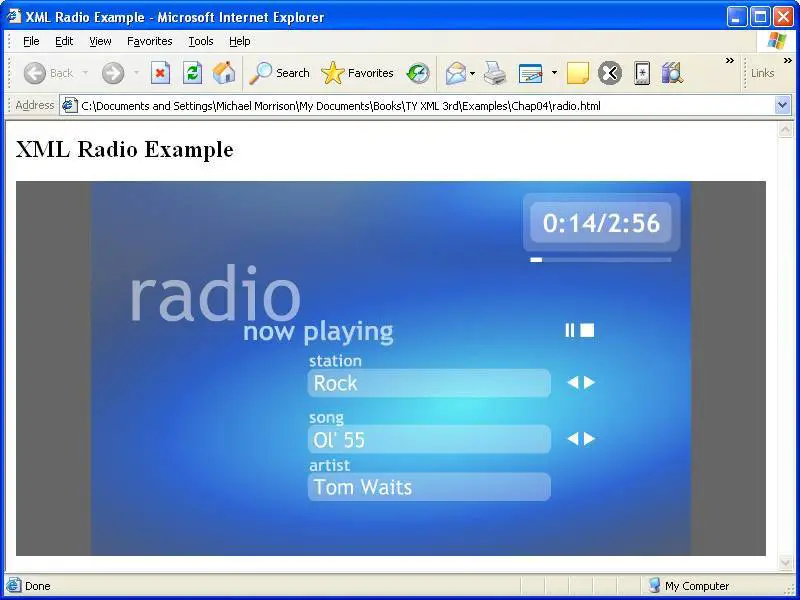


Its portability and vendor independence have made this a hugely popular file format, particularly online. Designed to be a store data, rather than display data, it is a platform independent language and allows users to define their own tags. This is readable by both a human user and an application.

XML is a file type containing a markup language. Thus, the data can pass through corporate firewalls without hindrance. In addition, security concerns are drastically reduced because the information is stored in XML, which is essentially plain text. Users can also use standard transformations to extract or repurpose the data. The application does not need to be a Microsoft product it can be any application. Any application that supports XML can access and work with data in the new file format. XLSX extends what is possible with the binary files of earlier versions. XLSX improves file and data management and data recovery. Files can be saved in the XLSX format, which is based on the Open XML format and uses ZIP compression for smaller file sizes. You are able to create diverse spreadsheets with multiple workbooks, formulae, and various data sources. It is a powerful tool you can use to create and format spreadsheets, graphs, do complex maths and much more. This time in the Excel sphere, Excel is known world wide. The schemas can be saved to disk, added to your project, or discarded.As part of Microsoft's 2007 Office suite of products another open XML document type was introduced. Each schema is opened as a temporary miscellaneous file. On the menu bar, choose XML > Create Schema.Īn XML Schema document is created and opened for each namespace found in the XML file.

The schemas that are created are then used to provide IntelliSense for the XML file.įor more information about the schema inference engine, see Infer an XML schema. If the XML document contains an inline XML-Data Reduced (XDR) schema, the XDR schema is converted to a corresponding XML Schema. If the XML document contains an associated DTD, the external DTD and internal subset are converted to a corresponding XML Schema. If the XML document has no schema or Document Type Definition (DTD) associated with it, the data in the XML document is used to infer a new XML Schema. The XML file determines how the schema is generated in the following manner: The XML editor lets you create an XML Schema definition language (XSD) schema from an XML document.


 0 kommentar(er)
0 kommentar(er)
